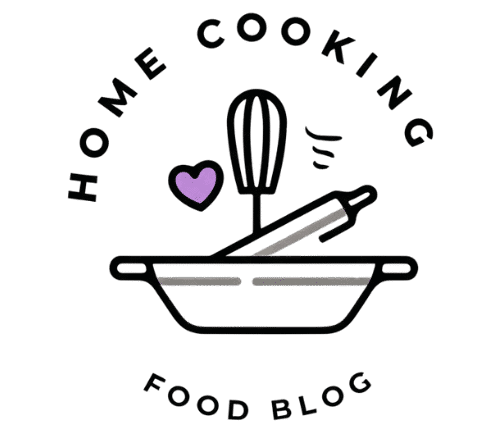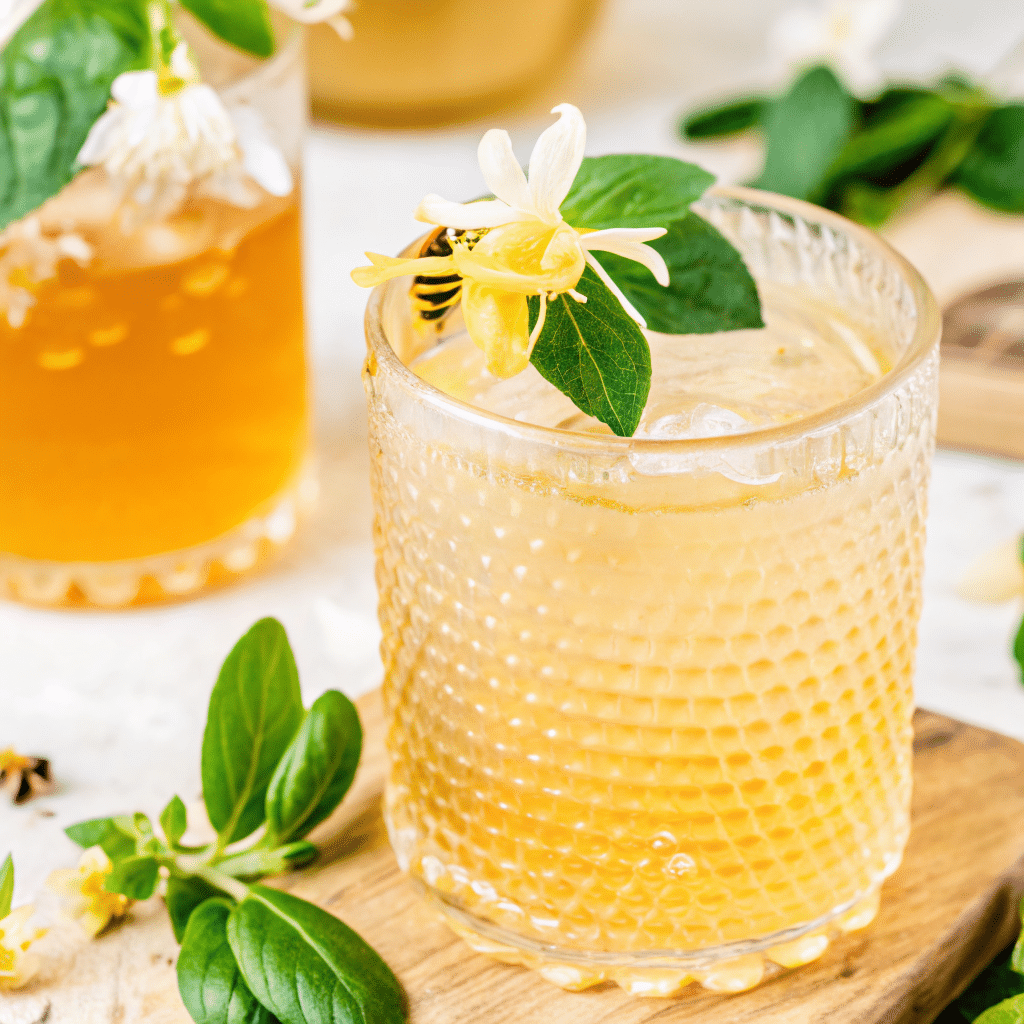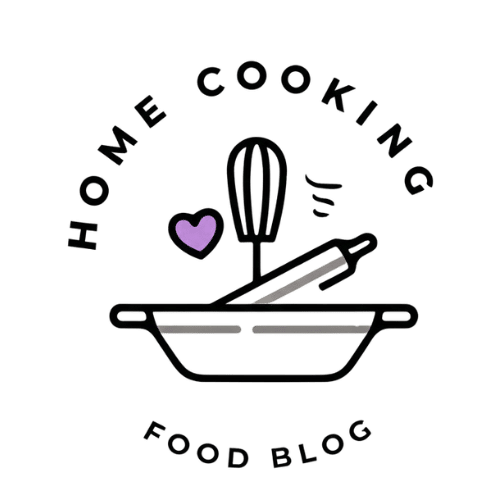Welcome! I’m Anissa, the cook, photographer, and writer behind HomeCookingCircle. In this piece, we dive into the delicate art of crafting a honeysuckle tea recipe—from foraging fragrant blooms in your yard to brewing a soothing cup with my husband by my side. We’ll explore step-by-step instructions, health benefits, safety tips, and cozy serving ideas. Plus, I’ll answer top questions like “What is honeysuckle tea good for?” and “How to boil honeysuckle?” Pull up a chair, grab your kettle, and let’s get steeping!
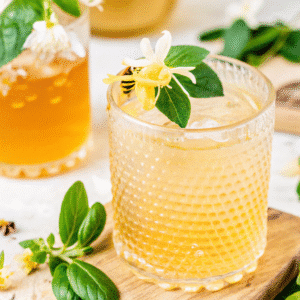
Honeysuckle Tea
Ingredients
- 1 tbsp fresh honeysuckle blossoms
- 1 cup hot water 175°F
- 1 tsp honey optional
- 1 tsp lemon juice optional
- mint or ginger optional
Instructions
- Rinse fresh honeysuckle blossoms gently.
- Heat water just below boiling point (175°F).
- Pour hot water over blossoms in a cup.
- Steep for 5–7 minutes.
- Strain and serve warm or over ice.
Notes
Avoid boiling blossoms directly to preserve flavor.
Store extra tea in the fridge for up to 2 days.
Getting Started with Your Honeysuckle Tea Recipe
Why I Fell in Love with an Easy Honeysuckle Tea Recipe
Last spring, I spotted golden honeysuckle blossoms trailing along our fence. Their scent took me back to childhood afternoons spent outside, and I just had to taste them. That’s when I found a simple honeysuckle tea recipe online that let me harvest the blossoms, steep them gently, and enjoy a naturally sweet, floral infusion. It became our new favorite—full of charm, easy to make, and perfect for relaxing together in the evening.
Gathering & Prepping the Perfect Blossoms for Your Tea
To make a great honeysuckle tea recipe, start by picking only yellow or white buds—not those faded or wilted. Rinse them in cool water to gently wash away any bugs or dirt. Then trim the green base—never toss the stamens, because that’s where the sweetest nectar is! Harvest in full bloom for the best aroma and flavor. For safety, sprinkle a pinch of baking soda while rinsing to neutralize any lingering residues
Brewing & Enjoying Your Honeysuckle Tea Recipe
Steeping Your Honeysuckle: Temperature & Timing Tips
To make a delicious honeysuckle tea recipe, heat water to about 175°F (80°C)—just below boiling. That gentle warmth preserves the blossoms’ delicate floral notes without turning bitter. Add 1 tablespoon of fresh honeysuckle blossoms per cup and steep for around 5 minutes. Taste as it steeps; you can let it go up to 7 minutes for a stronger brew. Strain the blossoms and pour into your favorite teacup.
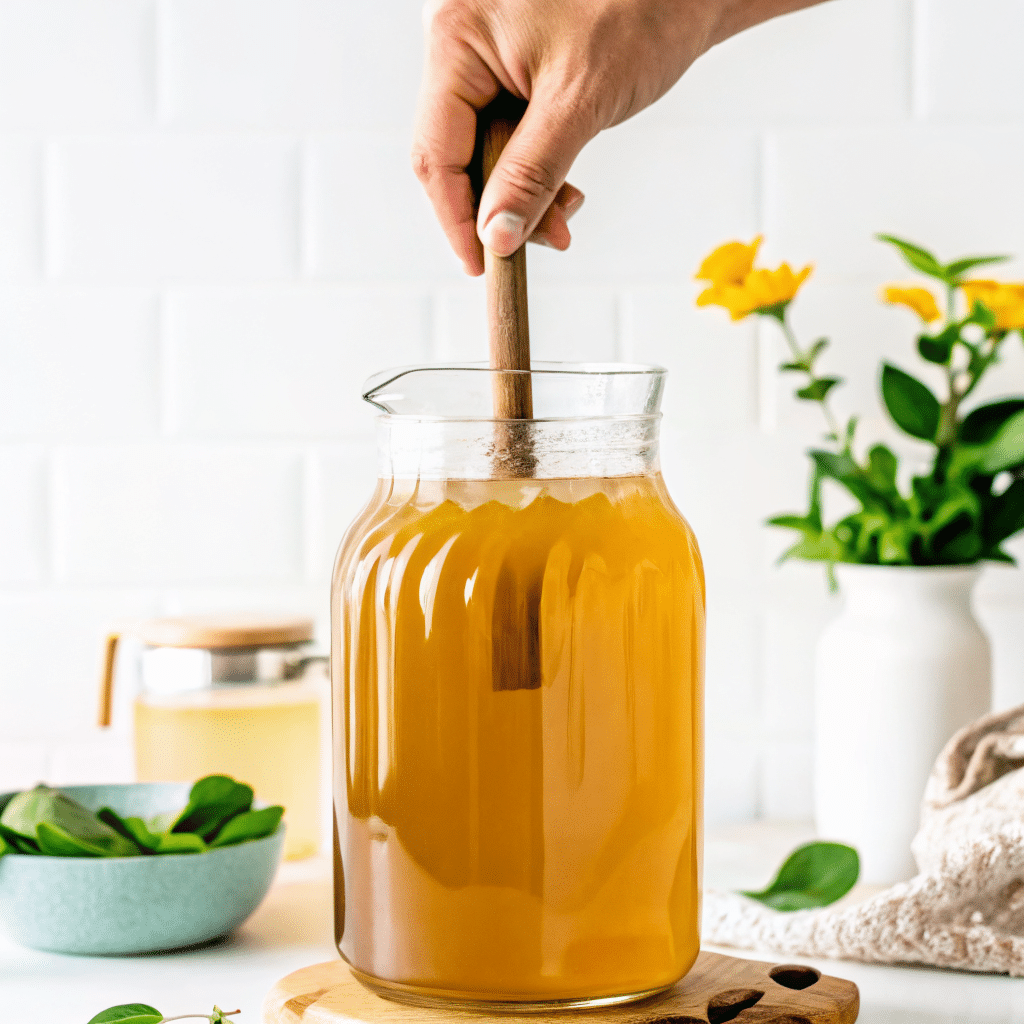
Flavor Variations & Serving Suggestions
One of my favorite twists on this honeysuckle tea recipe is adding a slash of fresh lemon juice and a teaspoon of honey for extra brightness and sweetness. You can also toss in a sprig of mint or a slice of ginger during steeping. If you’re craving something cold, chill the tea, add ice, and garnish with edible flowers or a lemon wheel. My husband calls these “garden-inspired iced blends,” and they’re perfect for spring–summer sipping.
When you’re planning a cozy afternoon, this tea pairs beautifully with light snacks like cucumber sandwiches or shortbread cookies. Serving it alongside our lemon drizzle cake from HomeCookingCircle gives the perfect balance of sweet and tangy.
Health Perks & Safety of Honeysuckle Tea Recipe
Health Benefits of a Honeysuckle Tea Recipe
When I discovered how simple that honeysuckle tea recipe was, I dug into its health perks—and I love sharing the scoop. Honeysuckle tea is rich in antioxidants, offering gentle immune support and aiding in digestion. Some herbal wellness guides even praise it for soothing sore throats and mild cold symptoms, especially when you sip it warm with honey. My husband and I enjoy it as a nightly ritual—it feels soothing, comforting, and uplifting.
Are There Side Effects You Should Know About?
While the truth is that most people tolerate a honeysuckle tea recipe well, I always remind readers to be aware: honeysuckle can cause mild digestive upset or allergic reactions in sensitive individuals. That answers “What are the side effects of honeysuckle?”—including symptoms like stomach cramps or a skin rash if you’re prone. You should avoid it entirely if you’re pregnant or breastfeeding unless you’ve talked with a doctor. Always test with a half-cup first and note how your body reacts.
How to Make the Best Honeysuckle Tea Recipe
Boiling vs. Infusing: Choosing the Right Method
There’s often confusion around “how to boil honeysuckle,” so let’s clear that up. For most homespun honeysuckle tea recipes, you don’t need a rolling boil. Instead, bring fresh water to a gentle boil and then remove it from heat—aiming for around 175–185°F (80–85°C). Pour this over your blossoms to avoid scorching them. However, if you’re preparing a strong decoction for medicinal purposes, you can simmer the flowers on low heat for 5–10 minutes—just don’t overdo it, or the tea may become bitter and grassy.
Storing & Reheating Tips for Leftovers
If you brew a bigger batch, let it cool to room temp and store it in a sealed glass pitcher or mason jar. It stays fresh in the fridge for up to 48 hours. When you reheat, warm it gently on the stove without boiling—high heat dulls the aroma. You can also re-steep the blossoms a second time for a lighter second cup; just add hot water and steep 3–4 minutes. My husband and I love doing this—it extends the floral flavor, and it’s a budget-friendly bonus!
FAQs
How to make tea out of honeysuckle?
Steep 1 tablespoon of fresh or dried honeysuckle blossoms in 175°F water for 5–7 minutes. Strain and enjoy while warm, adding honey or lemon if desired.
What is honeysuckle tea good for?
Honeysuckle tea provides mild antioxidant support, aids digestion, and soothes sore throats—it’s a relaxing, comforting herbal brew.
What are the side effects of honeysuckle?
Some people may experience mild digestive upset or skin irritation. Less commonly, allergic reactions like rashes may occur. Pregnant or nursing individuals should consult a doctor before consuming.
How to boil honeysuckle?
For a light tea, use off-boil water (175–185°F) poured over blossoms. For an infused decoction, simmer flowers on low for 5–10 minutes, but avoid overcooking to prevent bitterness.
Conclusion
Making a honeysuckle tea recipe is a simple, joyful way to bring the scents and flavors of spring into your day. From gathering blossoms and steeping the perfect cup to exploring its health benefits and learning safe brewing techniques, this floral infusion connects you with nature and nurtures your well-being. I hope this guide inspires your own evening ritual—just like it has ours. Thanks for joining me at HomeCookingCircle—let’s steep something special together!
